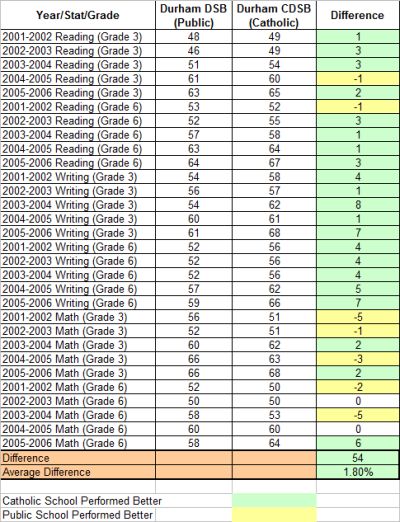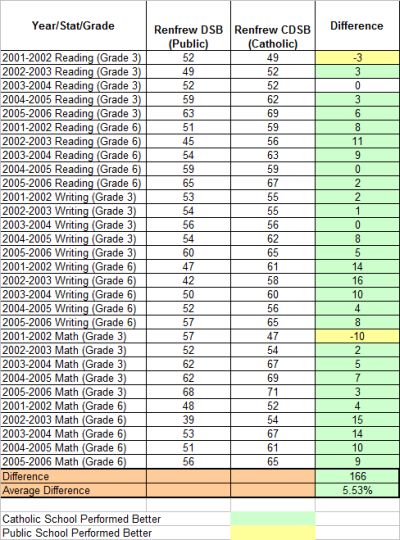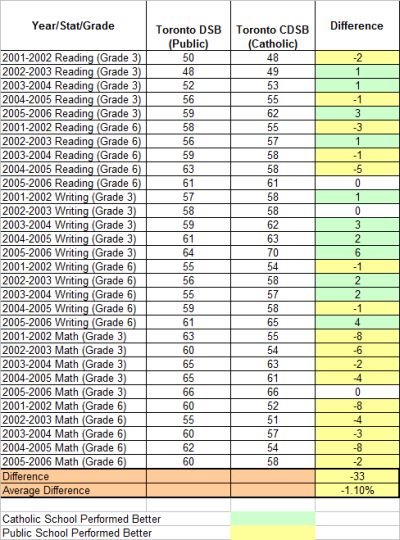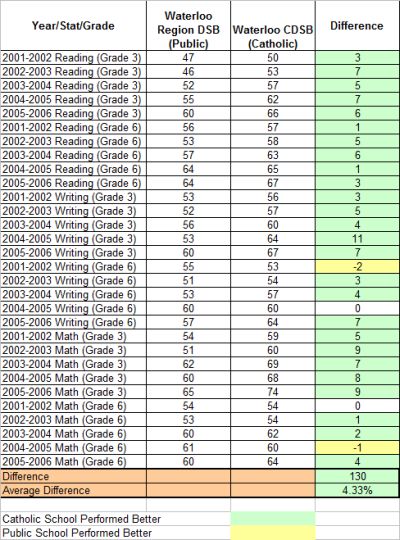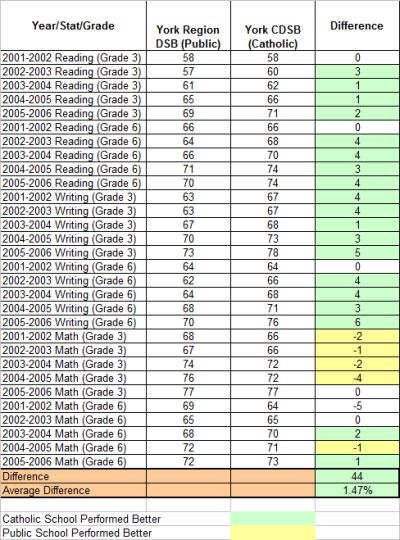Oh no, not another story about the young lady kicked off the soccer field for wearing a hijab!!!
Wait!! Don’t leave. This one is different.
In every story I have read in the press about Asmahan (Azzy) Mansour, the argument surrounds the religious argument, the safety, and FIFA. We hear about the referee being Muslim. We hear about the rules, and we hear about FIFA letting women wear Hijabs in soccer games in Pakistan and Iran.
But do we even know what the rules are there for and if they apply? The answer to this is no, because no one has ever addressed what a hijab is or how it is worn to see if it constitutes a safety risk.
From FIFA’s own website, the latest rules state:
Law 4 – The Players’ Equipment
SAFETY
* A player must not use equipment or wear anything that is dangerous to himself or another player (including any kind of jewellery)
…
BASIC EQUIPMENT
The basic compulsory equipment of a player comprises the following separate items:
* jersey or shirt;
* shorts – if thermal undershorts are worn; they are of the same colour as the shorts
* stockings;
* shinguards;
* footwear
…
NON-BASIC EQUIPMENT
*A player must not use equipment or wear anything that is dangerous to himself/herself or another player
*Modern protective equipment such as headgear, facemasks, knee and arm protectors made of soft, lightweight padded material are not considered dangerous and are therefore permitted
Now my quest was to determine “is wearing a hijab dangerous?” so to do so, I had to see what a hijab is and how it is worn so I did some googling and found a video series put on by The Canadian Muslim. The speaker is clear, articulate, and provides many types of demonstrations on how to wear various kinds of hijabs, oblongs, shaylas, etc.
The two things I noticed about wearing a hijab that had me most concerned are:
a) the pins and b) the wrapping of the hijab around the neck.
There are one or several pins used to keep the hijab in place. Since there is no rule on pins, the only two areas that might address this are the section on Jewellery (which states under no conditions is any jewellery to be worn) and the section on safety. In my mind, the pins alone would be enough to constitute the hijab as a risk to the wearer and, possibly, other players.
The video link below will show you how the hijab is typically worn. I watched both Part I and Part II and for the most part, the hijab is draped over the head with the ends coming under the chin and then being pulled back above the head over the ears (where they are pinned, or they can be draped over the shoulder. In addressing the positions, I came to the conclusion that each and every way the hijab was worn, there is a risk of a third party grabbing it in a way that would create a choking hazard.
In light of these two reasons, I would, personally, say that the hijab should not be worn on the soccer field AS IT IS TRADITIONALLY WORN. Note the emphasis. If there is a style of hijab or a way to wear it that does not use pins, or if there is a way for it to fall apart with absolutely no risk of choking, my view would change. But from what I have seen, I do believe they constitute a safety risk and should not be allowed on soccer fields.
I hope this article sparks someone to develop an “athletic hijab” the way others have developed athletic shoes, athletic bras, athletic socks, etc.
You can see “How to wear a hijab: Part I” by clicking Here.
You can see “How to wear a hijab: Part II” by clicking Here.
